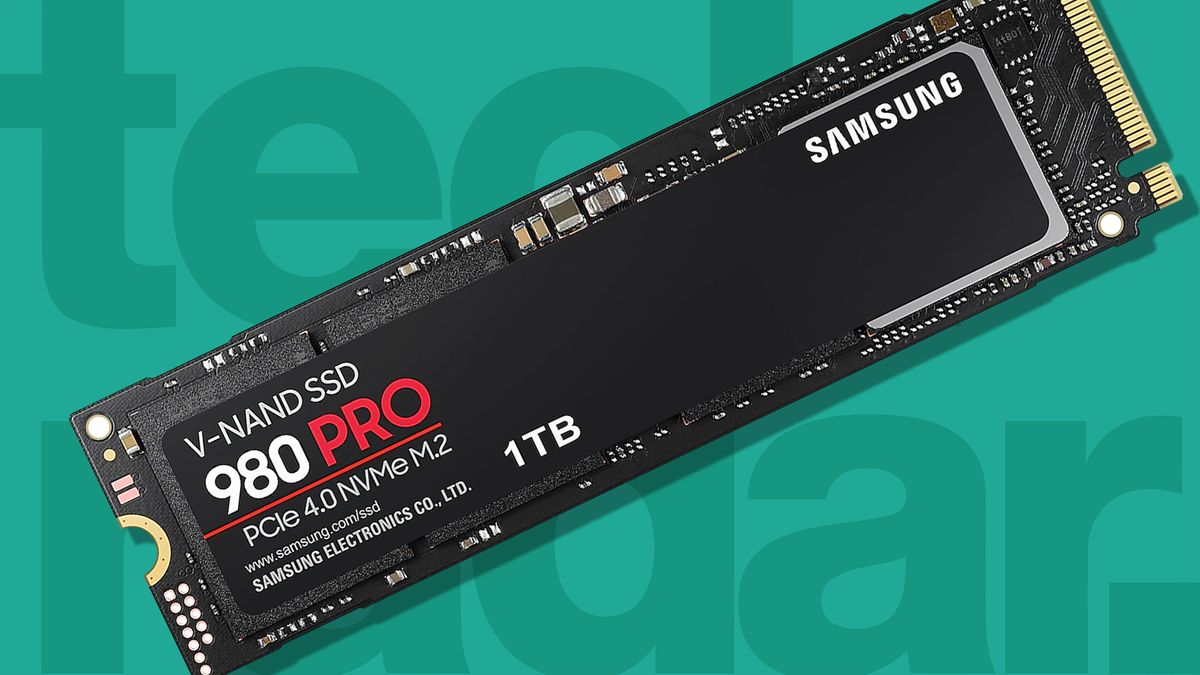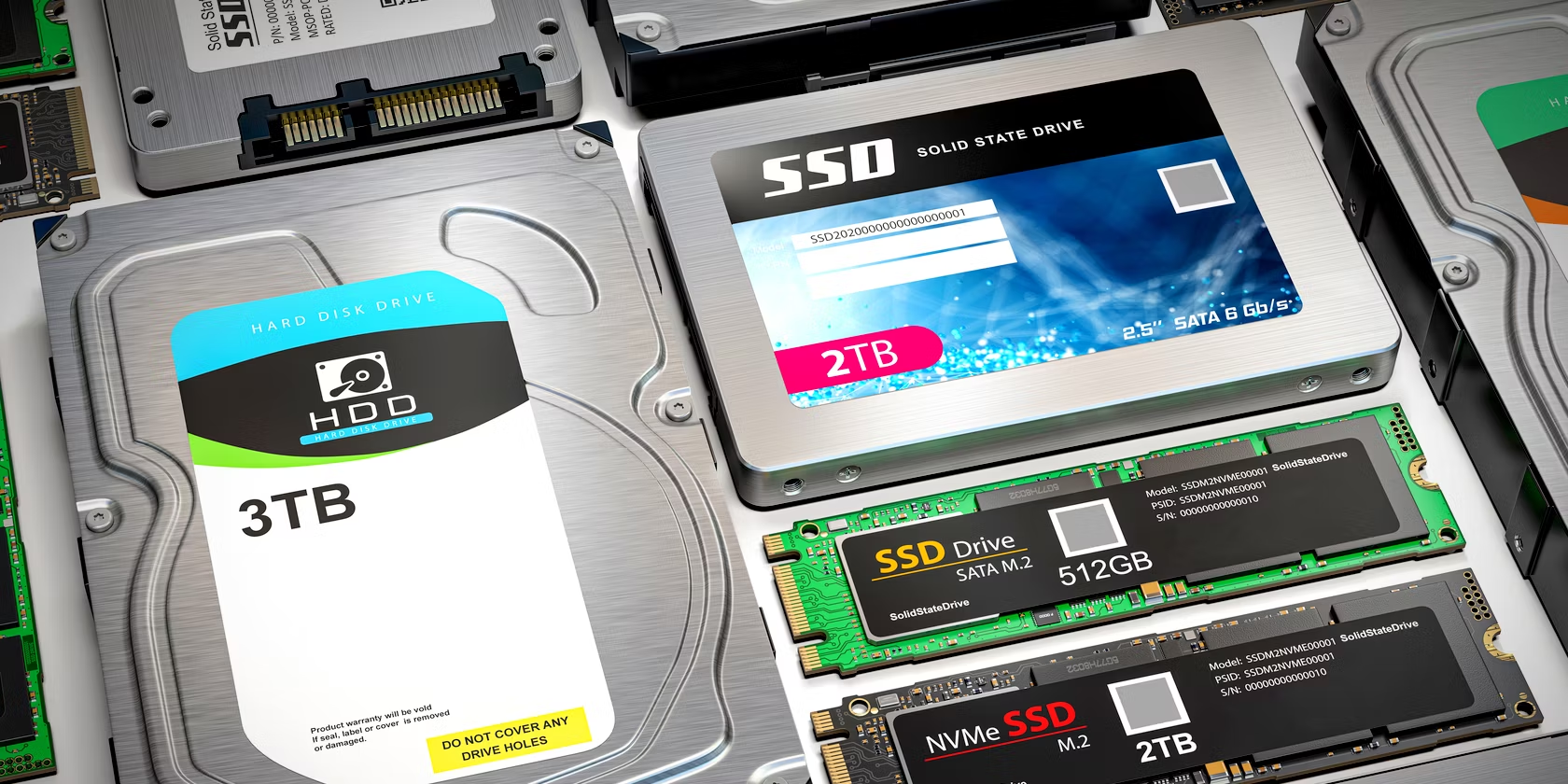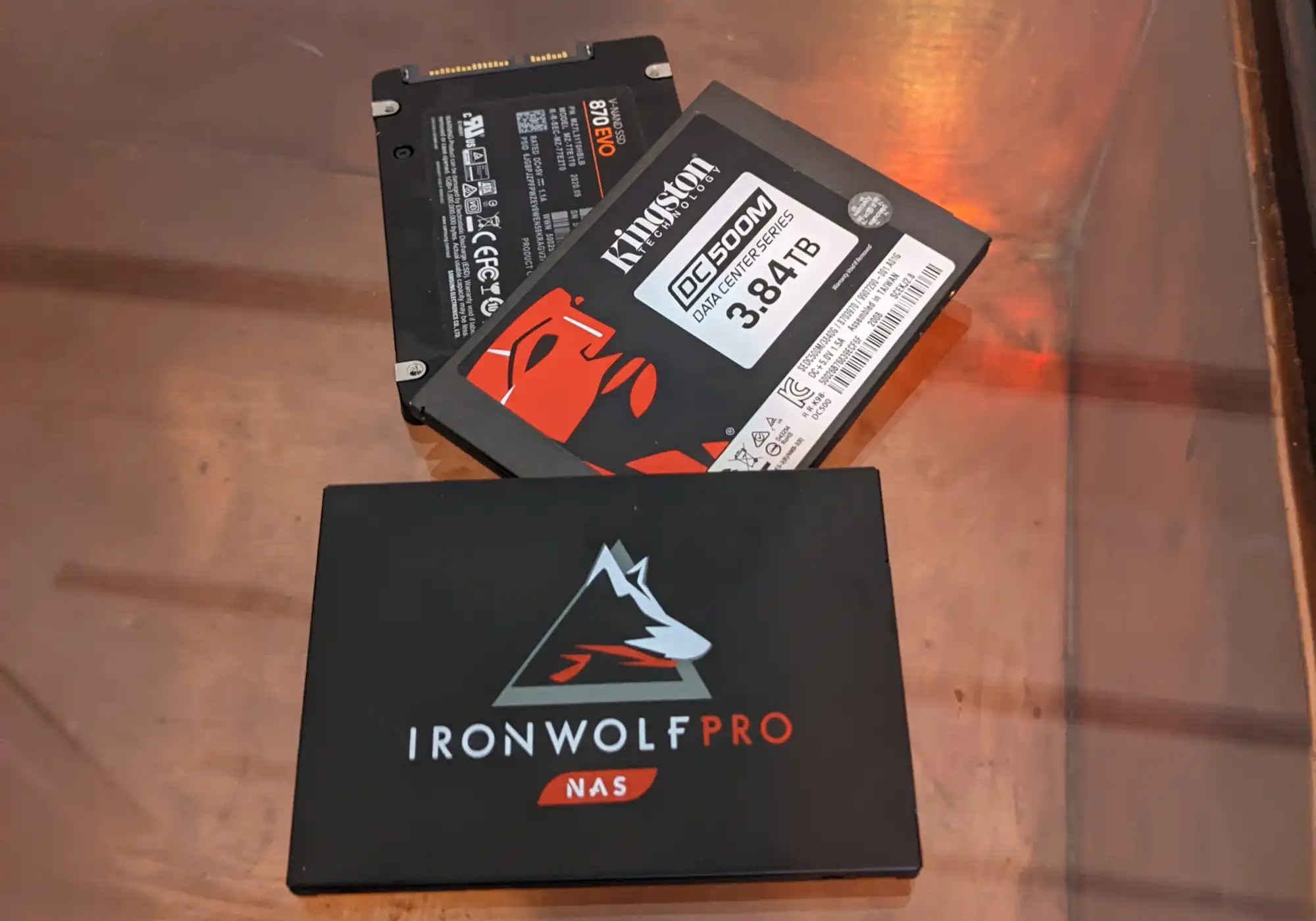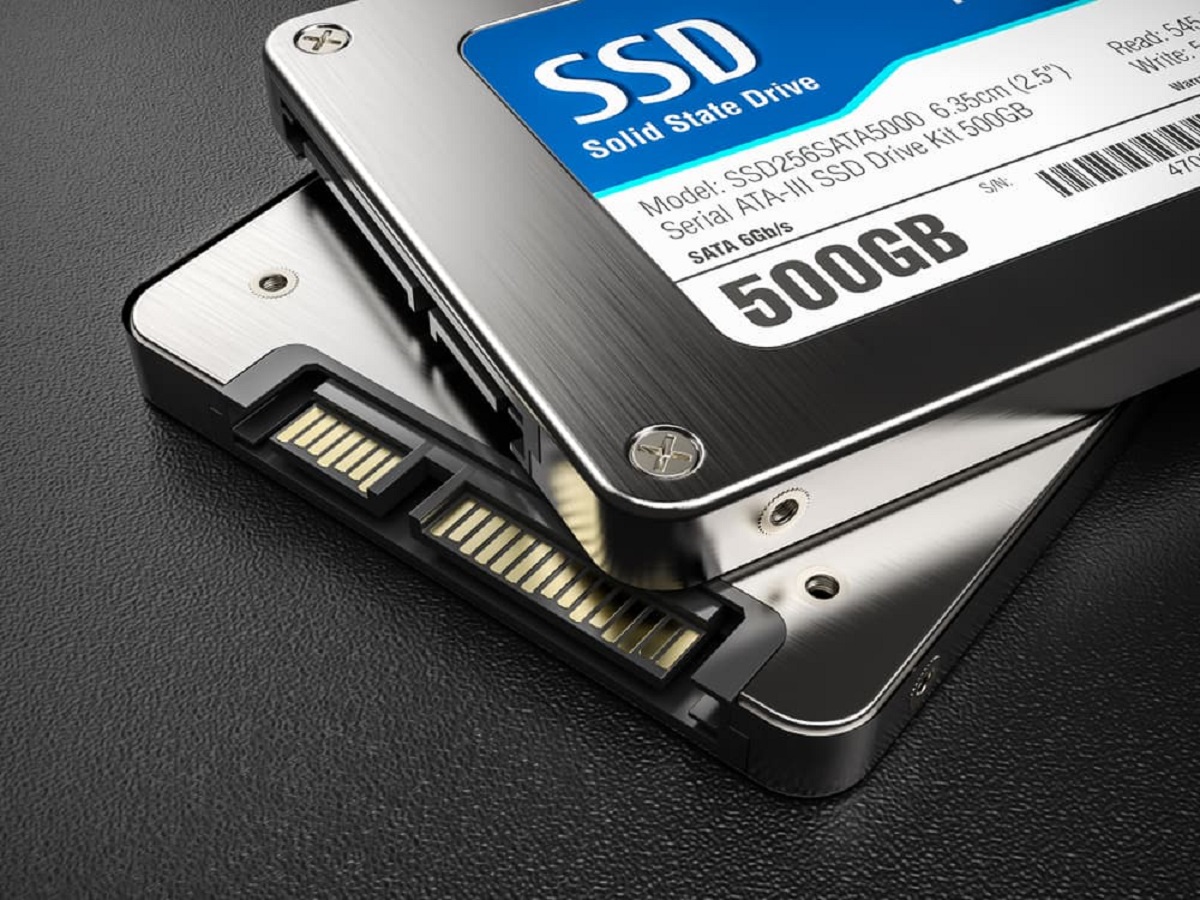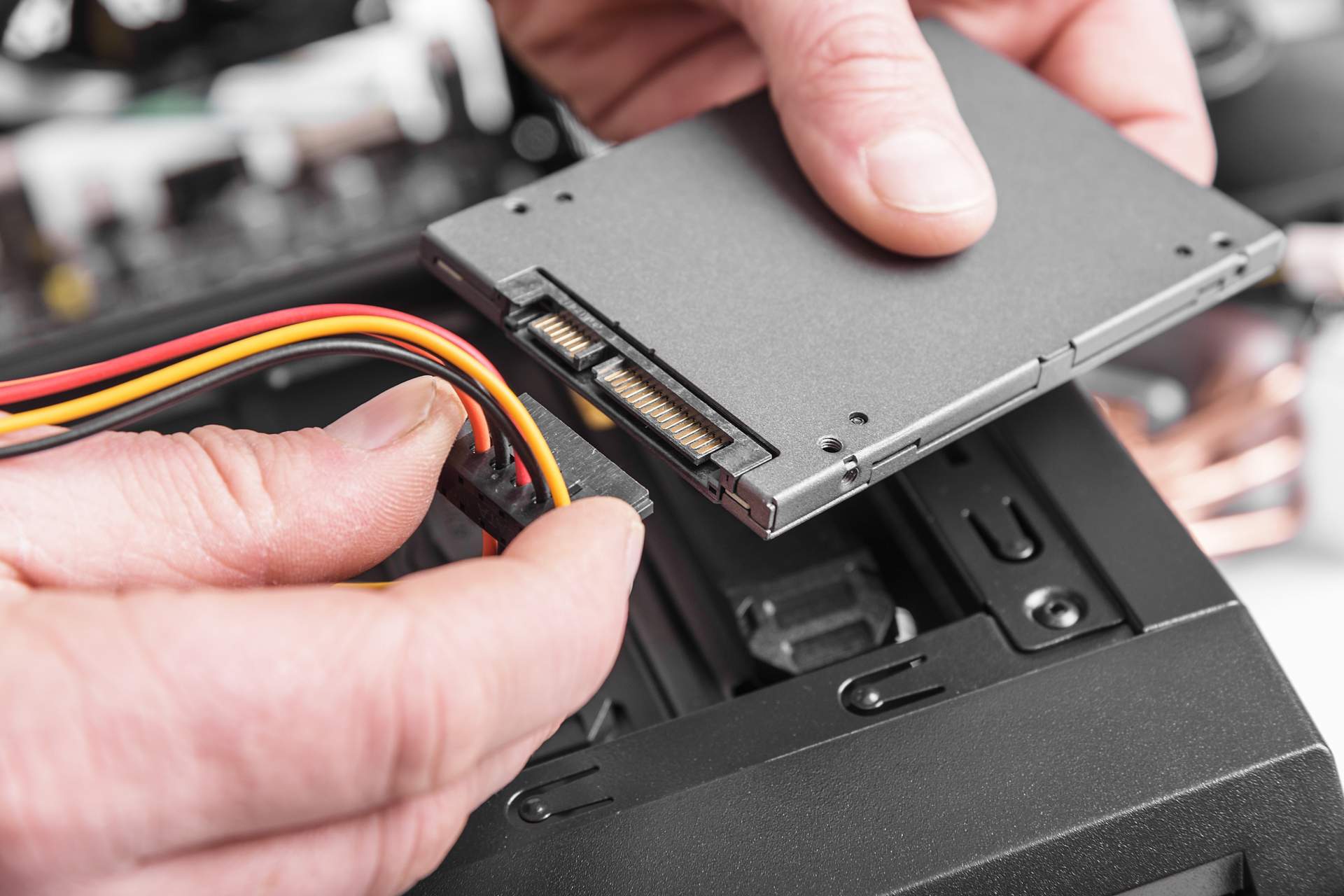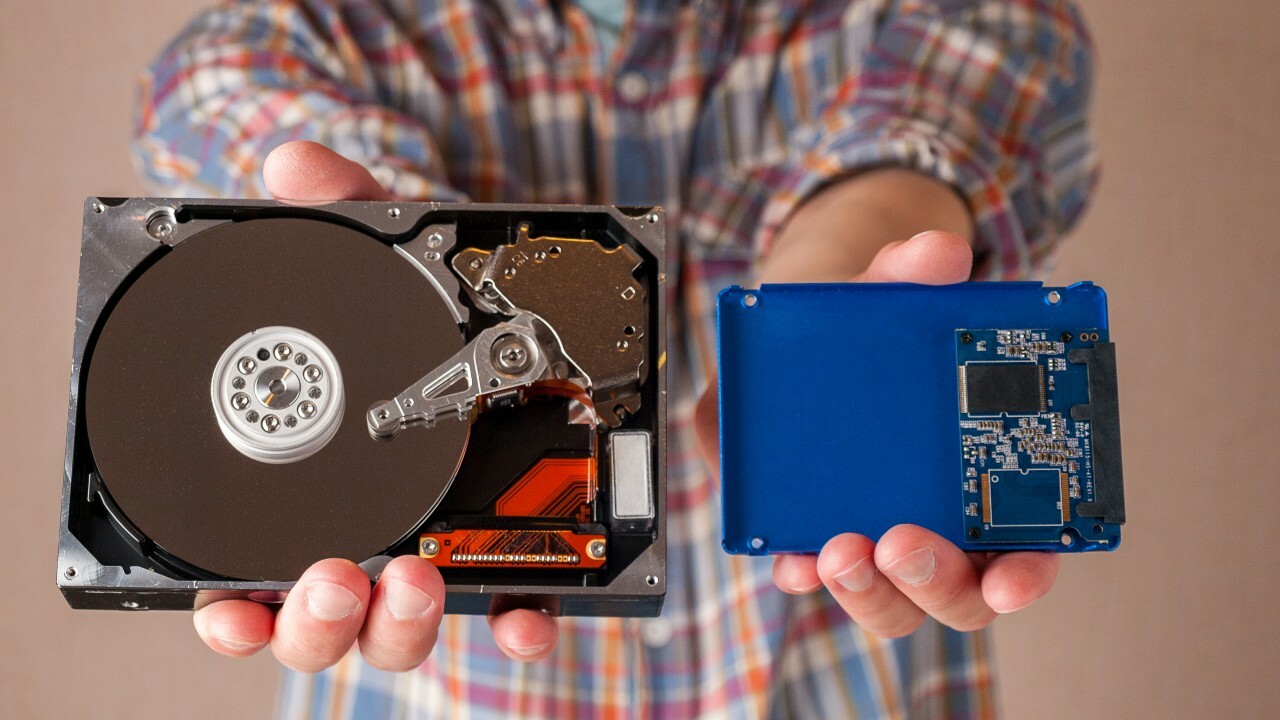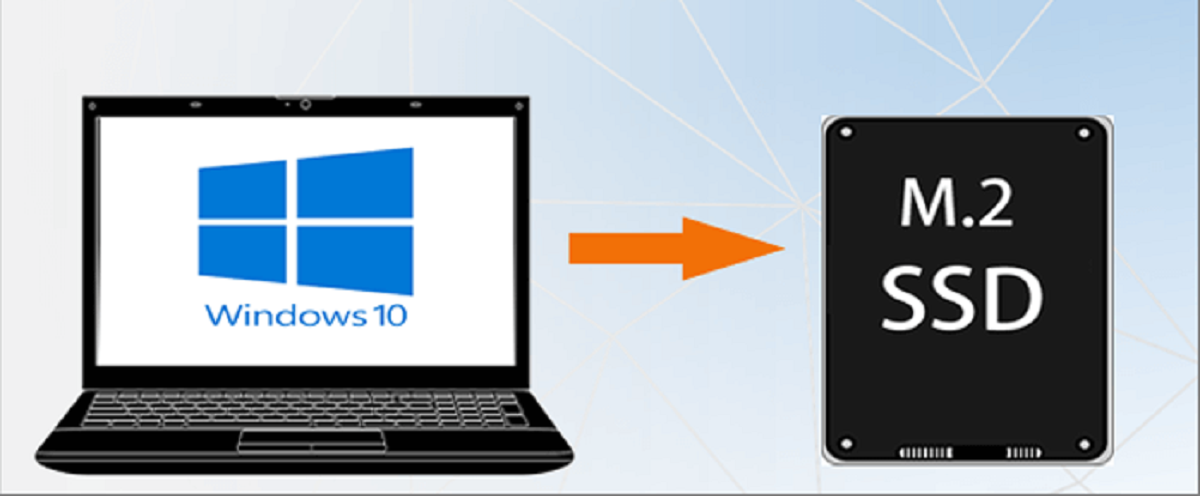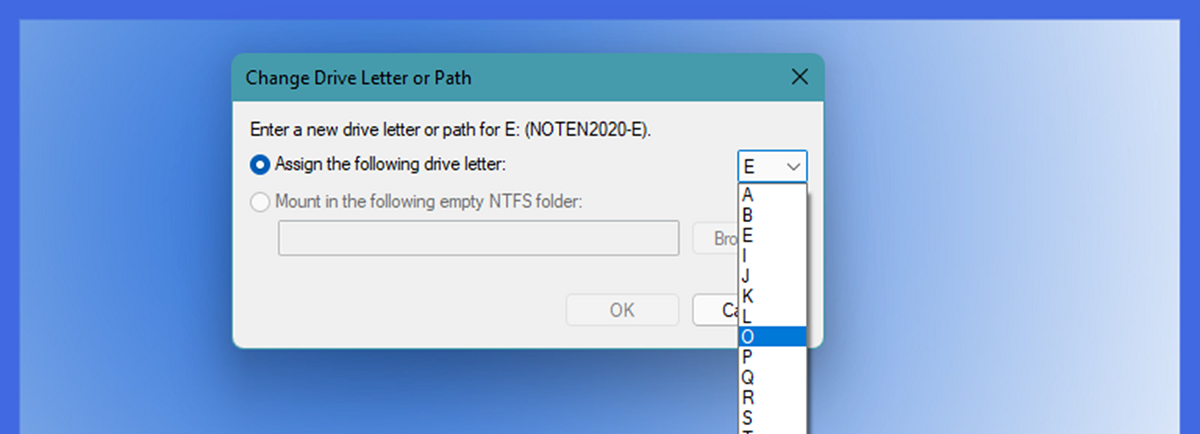Introduction
When it comes to choosing the right storage option for your computer, solid-state drives (SSDs) have emerged as a game-changer in recent years. Unlike traditional mechanical hard drives, SSDs utilize flash memory to store and retrieve data. This cutting-edge technology brings a plethora of benefits that can greatly enhance your computing experience.
In this article, we’ll explore the advantages of using an SSD over a traditional hard drive and delve into why investing in an SSD is a smart move for anyone seeking improved performance and reliability in their computer system.
Whether you’re a casual user, a gamer, or a professional who relies on their computer for work, understanding the advantages of SSDs and their impact on your computing experience is crucial. From faster performance to increased durability, each benefit plays a crucial role in optimizing your overall system functionality.
So, let’s dive into the wonderful world of SSDs and uncover the reasons why acquiring one is a decision that you won’t regret.
Faster Performance
One of the most significant advantages of using an SSD is its extraordinary speed. Unlike traditional hard drives that rely on spinning disks and mechanical parts to read and write data, SSDs use flash memory to store and retrieve information. This results in lightning-fast performance that can revolutionize your computing experience.
With an SSD, you can expect faster boot-up times, allowing your computer to start up in a matter of seconds. This means no more waiting around for your operating system to load, enabling you to get to work or start playing games without delay.
In addition to improved boot-up times, SSDs also offer faster file transfers. Whether you’re copying large multimedia files or transferring multiple documents, an SSD significantly reduces the time it takes to complete these tasks. The high-speed data transfer rate of an SSD can make a noticeable difference, particularly when dealing with large files.
Furthermore, an SSD dramatically enhances system responsiveness. Applications and programs launch almost instantaneously, allowing for a seamless and efficient user experience. The overall responsiveness of your computer is greatly improved, resulting in smoother multitasking and a more effortless transition between tasks.
For gamers, an SSD can provide a tremendous advantage. Games load faster, reducing the waiting time between levels or scenes. This not only saves time but also enhances the overall gaming experience. Paired with a powerful graphics card, an SSD can eliminate loading screens and deliver smooth gameplay with reduced lag.
Overall, the superior speed of an SSD translates into enhanced productivity, reduced waiting times, and a more enjoyable computing experience. Whether you’re performing basic tasks or engaging in resource-intensive activities, an SSD’s faster performance ensures that your computer operates at its optimal speed and efficiency.
Improved Boot-Up Time
Have you ever experienced the frustration of waiting for your computer to boot up? With a traditional hard drive, it’s not uncommon to endure a slow and sluggish start-up process. This is where an SSD can make a world of difference.
An SSD can drastically improve your boot-up time, allowing you to start using your computer within seconds. Unlike traditional hard drives that require time to spin up and locate the necessary files for booting, an SSD provides near-instant access to data, resulting in a significantly faster startup process.
When you power on your computer with an SSD, the operating system loads quickly, and you can access your files and applications almost immediately. This means no more twiddling your thumbs while staring at a loading screen or waiting for your desktop to become responsive.
Furthermore, an SSD’s quick boot-up time is particularly beneficial for those who rely on their computers for work. With faster access to files and programs, you can dive into your tasks without wasting precious time. Whether you need to respond to urgent emails, access important documents, or launch productivity apps, an SSD ensures that you’re up and running in no time.
Improved boot-up time not only saves time but also eliminates frustration and enhances overall productivity. Instead of waiting for your computer to become operational, you can jump straight into your workflow, allowing you to accomplish more in less time.
Additionally, if you’re someone who frequently restarts or shuts down their computer, the time saved with an SSD’s improved boot-up time can quickly add up. Whether you’re a professional, a student, or a casual user, the convenience of a near-instant startup makes an SSD a worthy investment.
In summary, an SSD’s ability to significantly shorten boot-up times transforms the computer’s start-up experience. The instant access to files and applications allows you to begin your work without delay, increasing productivity and efficiency.
Faster File Transfers
Whether you’re working with large multimedia files, transferring documents, or making backups, the speed of file transfers plays a crucial role in your productivity. Traditional hard drives can often be slow when it comes to copying or moving files, causing frustration and wasted time. However, with an SSD, you can enjoy significantly faster file transfers.
One of the key advantages of an SSD is its high data transfer rate. With no moving parts involved, an SSD can read and write data at a rapid pace, resulting in quick and efficient file transfers. Whether you’re moving a single large file or multiple smaller files, the speed difference compared to a traditional hard drive is remarkable.
Large multimedia files, such as high-definition videos or complex audio projects, can take a significant amount of time to transfer with a traditional hard drive. However, when using an SSD, these transfers become much faster. You can quickly move your files from one location to another, enabling you to work with them or share them with others without any delays.
In addition to the speed advantage, an SSD’s faster file transfers can also save you time when backing up your data. Whether you’re creating a system backup or regularly backing up important files, an SSD allows for swift and efficient backups. This not only provides peace of mind knowing that your data is protected, but it also ensures that the backup process doesn’t become a time-consuming task.
Moreover, if you frequently work with large datasets or perform data-intensive activities, such as video editing or 3D rendering, the faster file transfers of an SSD can be a game-changer. Transferring, accessing, and manipulating large files become much more efficient, reducing waiting times and improving overall workflow.
Overall, an SSD’s faster file transfers empower you to work more efficiently and effectively. Whether you’re collaborating with colleagues, sharing files with clients, or simply managing your own data, the speed advantage provided by an SSD can save you valuable time and enhance your overall productivity.
Better System Responsiveness
System responsiveness is a crucial aspect of any computer user’s experience. Nobody enjoys waiting for applications to load or experiencing lag when performing tasks. Thankfully, an SSD can significantly enhance system responsiveness and deliver a smoother and more enjoyable computing experience.
One of the primary reasons for the improved system responsiveness with an SSD is its faster access times. Traditional hard drives rely on physical read/write heads that need to physically move and locate data stored on spinning disks. This mechanical process can introduce delays and result in slower response times.
On the other hand, SSDs have no moving parts, allowing them to access data directly and instantaneously. This means that applications, programs, and files launch much faster, providing a seamless user experience. You’ll no longer have to deal with frustrating delays or unresponsive software when using an SSD-powered system.
In addition to faster access times, an SSD’s superior random read and write speeds contribute to better system responsiveness. Random read and write refers to the ability to quickly retrieve and store data from various locations on the drive. This is particularly important when multitasking or working with multiple applications simultaneously.
With an SSD, you can effortlessly switch between applications and tasks without experiencing significant slowdowns. Whether you’re working on a complex spreadsheet, editing images, or running resource-intensive software, the increased system responsiveness ensures a smooth and fluid experience.
Furthermore, the improved system responsiveness offered by an SSD extends to other areas such as web browsing. Websites load faster, allowing for quicker navigation and smoother online interactions. This is especially noticeable when accessing websites with heavy media content or complex web applications.
Overall, the better system responsiveness provided by an SSD enhances your productivity and efficiency. You’ll experience snappy application launches, seamless multitasking, and a fluid computing experience that allows you to focus on your tasks without frustrating delays.
Improved Gaming Experience
Gaming has become a popular form of entertainment, and for avid gamers, a smooth and immersive gaming experience is essential. An SSD can greatly enhance your gaming performance and take your gaming experience to the next level.
One of the primary benefits of using an SSD for gaming is faster loading times. Games stored on an SSD load significantly faster compared to traditional hard drives. You’ll be able to jump into your favorite games without enduring long loading screens, allowing for a seamless and uninterrupted gaming session.
Reduced loading times not only improve convenience but also enhance the overall gaming experience. Whether you’re starting a new level, respawning after a defeat, or entering a new area, the near-instant loading times provided by an SSD ensure minimal interruptions and keep you immersed in the game.
In addition to faster loading times, an SSD can also improve in-game performance. Open-world games, for example, often require frequent read and write operations to load game assets such as textures, models, and environments. With an SSD, these assets are accessed and loaded more quickly, resulting in smoother gameplay and reduced texture pop-in.
Moreover, an SSD can significantly reduce game stutter and lag. Traditional hard drives may struggle to keep up with the demands of resource-intensive games, leading to occasional frame drops and stuttering. With an SSD, data is accessed and delivered at a faster rate, ensuring a more consistent and fluid gaming experience.
Furthermore, if you play online multiplayer games, an SSD can give you an edge. You’ll experience faster connection times and reduced latency when joining game servers. This can be particularly advantageous in competitive gaming, where split-second reactions and responsiveness can make a difference.
Overall, an SSD can greatly enhance your gaming experience by providing faster loading times, smoother gameplay, and reduced stutter and lag. With improved performance and reduced interruptions, you can fully immerse yourself in the virtual worlds of your favorite games.
Enhanced Multitasking
In today’s fast-paced digital environment, multitasking has become a necessity for many computer users. Whether you’re a student juggling multiple projects, a professional handling various tasks simultaneously, or simply managing personal and work-related activities, an SSD can greatly enhance your multitasking capabilities.
With a traditional hard drive, the more tasks you perform simultaneously, the greater the strain on the drive’s performance. Switching between applications and accessing files can become sluggish, resulting in a loss of productivity and frustration. However, an SSD’s faster access times and read/write speeds enable seamless multitasking.
When using an SSD, you’ll experience swift application launches and faster access to your files and documents. This means you can effortlessly switch between applications without enduring significant delays. Whether you’re working with complex software, editing videos, or running multiple virtual machines, an SSD ensures that you can smoothly transition between tasks without any noticeable slowdowns.
Additionally, an SSD’s ability to handle multiple read and write operations simultaneously makes it ideal for multitasking. Whether you’re copying files, downloading updates, or performing data-intensive tasks, an SSD can handle the workload efficiently without sacrificing overall system performance.
Moreover, an SSD’s faster random read and write speeds contribute to enhanced multitasking. Random read and write operations allow for quick retrieval and storage of data from different locations on the drive. This is particularly useful when working with multiple applications simultaneously, as it ensures smooth and responsive performance across all tasks.
For professionals who rely on their computers for demanding tasks such as video editing, graphic design, or data analysis, the enhanced multitasking capabilities of an SSD are invaluable. The ability to seamlessly switch between resource-intensive applications and work with large files without experiencing lag or delays can significantly improve productivity and efficiency.
In summary, an SSD’s fast access times, improved read/write speeds, and ability to handle multiple operations simultaneously make multitasking a breeze. Whether you’re a student, a professional, or a casual user, an SSD’s enhanced multitasking capabilities ensure that you can efficiently manage multiple tasks without sacrificing performance or productivity.
Increased Durability and Reliability
When it comes to storage solutions, durability and reliability are essential factors to consider. Traditional hard drives, with their moving parts and delicate components, are prone to mechanical failures and data loss. In contrast, SSDs offer increased durability and reliability, making them a superior choice for storing your valuable data.
One of the key reasons for the increased durability of SSDs is the absence of moving parts. Traditional hard drives rely on spinning disks and read/write heads that are susceptible to wear and tear over time. In contrast, SSDs use solid-state flash memory, which has no moving parts. This means that there are fewer mechanical components that can fail, resulting in higher overall durability.
By eliminating moving parts, SSDs are less vulnerable to physical shocks and vibrations. This makes them more resistant to accidental drops or impacts, which can cause damage to traditional hard drives. As a result, your data is better protected, and you can have peace of mind knowing that your files are secure even in rugged environments.
Additionally, SSDs are less susceptible to data loss due to magnetic interference. Traditional hard drives store data magnetically, making them potentially susceptible to data corruption when exposed to strong magnetic fields. SSDs, on the other hand, use flash memory chips to store data, making them immune to magnetic interference.
In terms of reliability, SSDs have a lower failure rate compared to traditional hard drives. The absence of moving parts reduces the risk of mechanical failures, such as motor failures or read/write head crashes. Moreover, SSDs undergo rigorous manufacturing and testing processes, ensuring a higher level of quality and reliability.
Furthermore, SSDs have a longer lifespan compared to traditional hard drives. With no mechanical parts to wear out over time, SSDs can withstand a greater number of read and write cycles. This means that you can rely on your SSD for extended periods without worrying about performance degradation or data loss due to wear and tear.
Overall, the increased durability and reliability of SSDs offer important advantages for users who value the safety and longevity of their data. By choosing an SSD, you can enjoy peace of mind knowing that your files are better protected from accidental damage and data loss, while also benefiting from a longer lifespan and a lower risk of mechanical failure.
Reduced Noise and Energy Consumption
Traditional hard drives are notorious for generating noise, whether it’s the spinning of the disks or the clicking sounds during read/write operations. In contrast, SSDs provide a quieter computing experience due to their lack of moving parts. This reduction in noise is beneficial for both work and leisure environments.
An SSD’s silent operation can be particularly advantageous for professionals who require a quiet working environment, such as photographers, audio engineers, or content creators. The absence of mechanical noise allows for a more focused and immersive working experience, enabling you to concentrate on your tasks without the distractions caused by a noisy hard drive.
Furthermore, SSDs also contribute to a quieter gaming experience. Traditional hard drives spinning at high speeds can generate noticeable noise, which can disrupt the immersion during intense gaming sessions. With an SSD, the only sounds you’ll hear are from your fans or other peripheral devices, allowing you to fully immerse yourself in the game without the added distraction of a loud hard drive whirring in the background.
In addition to reducing noise, SSDs also offer energy efficiency benefits. Traditional hard drives require motors to spin the disks, which consumes a substantial amount of power. On the other hand, SSDs use significantly less power, resulting in reduced energy consumption.
This energy efficiency not only helps to reduce your carbon footprint but also offers practical benefits such as improved battery life for laptops and reduced electricity bills for desktops. Whether you’re using your computer on the go or have it constantly plugged in, the energy-efficient nature of an SSD can lead to longer battery life and lower energy costs.
Moreover, the reduced power consumption of SSDs also translates into less heat being generated by the drive. Traditional hard drives can get quite hot during extended use, contributing to overall system heat. With an SSD, the lower power usage means less heat is generated, contributing to a cooler and more stable system.
Overall, SSDs offer a quieter computing experience by eliminating the noise generated by spinning disks and read/write operations. Additionally, they contribute to energy efficiency, leading to longer battery life for laptops and reduced energy consumption for desktops. By choosing an SSD, you can enjoy a quieter and more energy-efficient computing experience.
Conclusion
Investing in a solid-state drive (SSD) is a decision that can greatly improve your computing experience. With their faster performance, improved boot-up times, and faster file transfers, SSDs bring a whole new level of speed and efficiency to your computer system.
An SSD’s ability to enhance system responsiveness and deliver a smoother multitasking experience is a game-changer, allowing you to effortlessly switch between applications and tasks without delays or interruptions. This level of performance is particularly beneficial for professionals who rely on their computers for resource-intensive tasks.
Furthermore, an SSD’s increased durability and reliability provide peace of mind, knowing that your valuable data is safe and less susceptible to damage or data loss. The absence of moving parts in an SSD not only contributes to its durability but also reduces noise and energy consumption, resulting in a quieter and more energy-efficient computing environment.
Whether you’re a professional seeking optimal performance, a gamer desiring faster loading times, or a casual user looking for improved system responsiveness, an SSD is a worthwhile investment that can transform your computing experience.
So, take the leap and upgrade to an SSD to enjoy the benefits of faster performance, improved boot-up times, enhanced multitasking, increased durability, reduced noise, and energy consumption. Your computer will thank you, and you’ll wonder how you ever managed without the speed and efficiency of an SSD.







